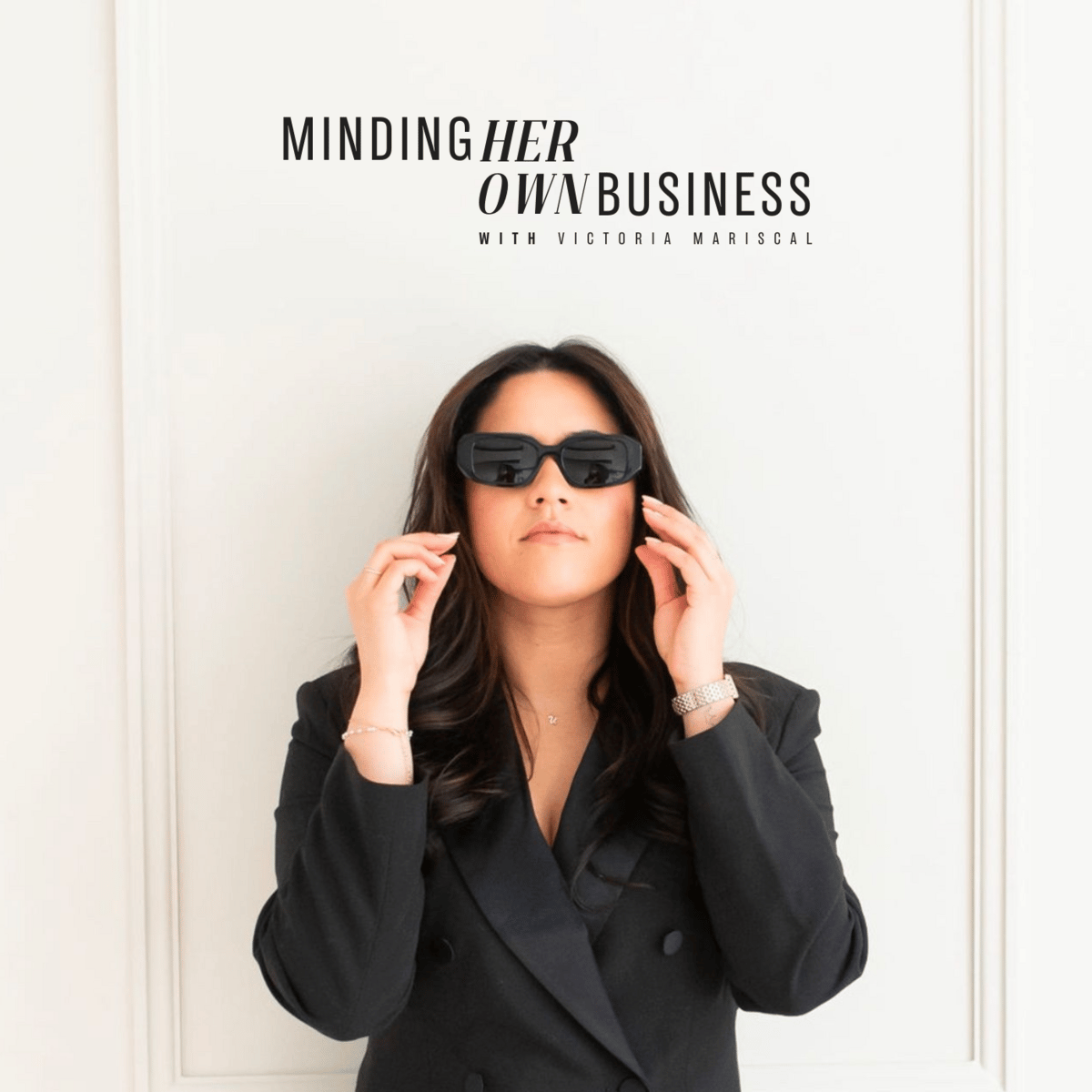A few months ago, I watched a brand send 30 influencers to the Maldives for a three-day retreat complete with private villas, champagne towers, and coordinated outfit changes for the 'gram. The content was beautiful. Perfectly curated. Completely forgettable.
Three weeks later, I couldn't tell you which brand paid for it.

When the content was perfect but nobody remembers who paid for it.
This isn't shade (okay, maybe a little), but it's a pattern I've been seeing across the industry. The old influencer marketing playbook is dying, and most brands are still following a script that stopped working two years ago. The extravagant influencer trip, the luxury PR packages, the coordinated content that screams "sponsored" from miles away? They're ineffective anymore, and they're actually damaging brand trust.
The data is undeniable. A McKinsey study found that 88% of Gen Z consumers don't trust corporate ESG claims, and 91% don't trust brands that engage in greenwashing. When you're flying 30 influencers first-class to an exotic destination while simultaneously claiming your brand cares about sustainability, that math isn't mathing for the generation that will define consumer spending for the next three decades.
Brands are still operating on the assumption that aspiration sells. Create envy, manufacture desire, make your audience want the lifestyle these influencers are living: insert FOMO now! But wait - Gen Z isn't buying it anymore (literally and figuratively). They're scrolling past the Maldives content, the champagne towers, the coordinated outfit changes, and heading straight to the comments to call out the hypocrisy.
When Pretty Boxes Stopped Being Content
Let's be real about where we've been. PR used to be gloriously simple. You'd send influencers free products in pretty packaging, maybe include some tissue paper and a handwritten note, hope they'd post about it, and call it earned media. This worked when getting a PR package felt special, when unboxing content was novel, when audiences genuinely wanted to watch creators open boxes.

RIP to the era when this was enough.
That era is dead, like dead, dead. Influencers with any meaningful following are getting flooded with PR packages every single day. I'm talking dozens of boxes, hundreds of products, an overwhelming avalanche of free stuff that has completely desensitized them to traditional gifting.
I get annoyed when I get free beauty products at conferences because I don’t know these brands, and I personally stick to my own established skincare routine. Without credibility or an itch to try something new at Sephra, most of my freebies end up being taken to my mom’s office for the secretaries to enjoy. AND I AM NOT EVEN SOMEONE THAT GETS PR PACKAGES (yet… hehe, I’m not saying I don’t want them). What I am saying is that s pretty box with your logo on it isn't content anymore, it's literally just clutter that gets shoved in a closet and forgotten. Add value or you’re going to end up in a junk drawer!
So, who’s doing it right out there? It’s the brands that are completely reimagining what a PR moment could be. They aren’t thinking about sending products. They’re thinking about creating experiences that are worth talking about. These moments are becoming legitimate activations that made creators actually want to share.
Poppi understood this shift when they sent custom mini fridges to creators' homes. They sent actual branded refrigerators, fully stocked, delivered and installed. The activation WAS the story. Creators didn't have to manufacture content around it because the moment itself was inherently shareable. That's the fundamental shift: from product gifting to experience creation.
K18 Hair took it further by making their gifting interactive. They sent hairdryers that creators had to use to reveal their heat protector product hidden inside. Rhode skin sent giant bath bombs with "Dissolve me!" messaging, hiding their new cleanser inside an experience.

The fundamental shift: stop sending products, start creating moments worth sharing.
These aren't just creative packages, they're content strategies disguised as PR, and the ROI calculation shifts completely when you design for organic shareability instead of hoping for posts.
The implication for marketing budgets is massive. These brands aren't paying for gifting anymore, they're paying for earned media at scale. One viral PR moment can generate more authentic reach than months of paid advertising, and it comes with the credibility of genuine creator enthusiasm rather than obvious sponsorship. For emerging brands competing against legacy players with 10x the budget, this levels the playing field entirely.
The Excess Economy Isn’t Working
Gen Z has begun to ask uncomfortable questions that are disrupting our entire “organic” marketing approaches. They’re living in a world where mass layoffs are everyday realities and home prices make ownership in some states unattainable and undesirable. They’re the kids that prefer to shop local and are making vintage mainstream. So when you tell them that a skincare brand spent six figures on a Santorini trip for influencers while their warehouse workers can't afford rent? They’re going to say something. They’ll boycott your brand, they simply won’t buy.
The newest consumers activating the economy have significant buying power and they’re here to stay. They buy with their hearts on their sleeves, so brands - be prepared to romance them.
Your influencer marketing strategy IS part of your love story to the public, whether you intended it that way or not.

Private jets + sustainability claims = the cognitive dissonance Gen Z will absolutely call out.
When a brand positions itself as values-driven, community-focused, and environmentally conscious, and then turns around to fund obvious excess that contradicts every claimed value, Gen Z notices immediately. They are professional bullshit detectors and have zero patience for brands that don’t walk their talk.
The trust erosion can be shockingly fast. One viral TikTok calling out the hypocrisy could undo years of brand building and millions in marketing spend. Comments sections are transforming into accountability courts where creators can get dragged not just for attending trips, but for participating in wealth displays or inauthentic content for the sake of making content. Their followers are struggling with inflation, student debt, and economic uncertainty and their coming-of-age experience is certainly one of a kind.
Brands are now facing a choice: double down on excess and lose Gen Z entirely, or completely reimagine what influencer activations could look like. The smart ones are choosing reinvention.
What Actually Works Now: Community Over Spectacle
The brands winning right now understand something fundamental that the old guard doesn't: meaningful is memorable every single time. Your audience doesn't want to see you living aspirational lives they'll never access; they want to see real people having experiences they could imagine themselves enjoying.
Look at what Notion did in early 2025. They partnered with over 50 LinkedIn creators to launch Notion Faces, a feature allowing users to create custom avatars. The campaign reached their core audience of professionals exactly where they already were, generated massive organic adoption, and cost a fraction of what a single luxury trip would have run. The content felt native because it WAS native.

I took a stab, and I think she’s cute - eh?
Bumble's 2025 partnership with Amelia Dimoldenberg exemplified long-term strategic thinking over one-off activations. Amelia spent a decade building her "Chicken Shop Date" series from an unpaid 2011 column into a hugely popular YouTube franchise. When Bumble made her their brand ambassador, it wasn't about a single campaign; it was about aligning with someone whose entire platform embodied authentic connection. I’m also obsessed with her Andrew Garfield interview - go watch it if you haven’t! Let’s start a campaign for them to date? Okay, thanks.
Bloom Nutrition took a different approach entirely with their Bloom Energy Bar pop-ups in Austin and LA earlier this year. Instead of sending products to influencers' homes, they brought thousands of people directly to the experience, letting them taste test their Sparkling Energy line in person and provide immediate feedback. The activation wasn't about creating perfectly curated Instagram content, it was about building genuine connections with their community and letting customers be part of the product development conversation.

Community activations > luxury influencer trips.
The shift is subtle but critical. Successful activations in 2025 aren't creating envy, they're fostering identification. The ROI looks completely different too. You're not measuring success by how many people posted, you're measuring it by the quality of content created, the authenticity of endorsements, and whether those partnerships actually converted followers into customers who trust your brand.
The PR Playbook That's Actually Working
So what does this all mean for your marketing budget strategy moving forward?
First, you need to stop thinking about PR as distribution and start thinking about it as content strategy. Every single activation should be designed with organic virality in mind.
Before you plan any activation, ask yourself: what about this experience makes someone want to tell their friends about it? What's the story they'll naturally share without any contractual obligation? If the answer isn't immediately obvious, redesign the activation until it is.
Second, and this is non-negotiable: your PR strategy must align with your actual brand values. Your influencer activations better demonstrate that commitment to values above all else. Treat influencer relationships like partnerships: involve them in product development, ask for their genuine feedback early in the process. Create collaborative opportunities where they have real creative input and authentic investment in your success. The best PR doesn't feel like PR at all, it feels like friends enthusiastically recommending something they genuinely love because they were part of creating it.
Third, get comfortable with smaller, more meaningful activations over massive spectacles. Ten influencers having a great experience will create exponentially better content than fifty influencers feeling like interchangeable parts in a content mill.

You can't out-spend legacy brands, but you can absolutely out-strategize them.
The Future Is Already Here
If you’ve made it this far, I hope you understand that the brands that fully embrace this shift will dominate the next decade of marketing. They'll build trust with the generation that will define consumer spending through 2050. They'll create authentic advocacy that no paid campaign can replicate.
Your brand can do that too. Learn, iterate, and watch what’s working.
At their core, all your audience wants is for you to acknowledge and respect how smart they are, and care for the fact that they buy from you.
Give them this consistently, prove it through behavior rather than claims, and they'll happily do your marketing for you. Don’t do this, and watch them scroll right past you to find brands that actually give them what they want.

Have ideas for future newsletters?
Hit reply and let me know what you'd like to see!
XX

P.S. Did you love this edit? Take 5 seconds to forward this to a friend who could use some no-bull advice and insights to get them through those “life is life-ing” days.
